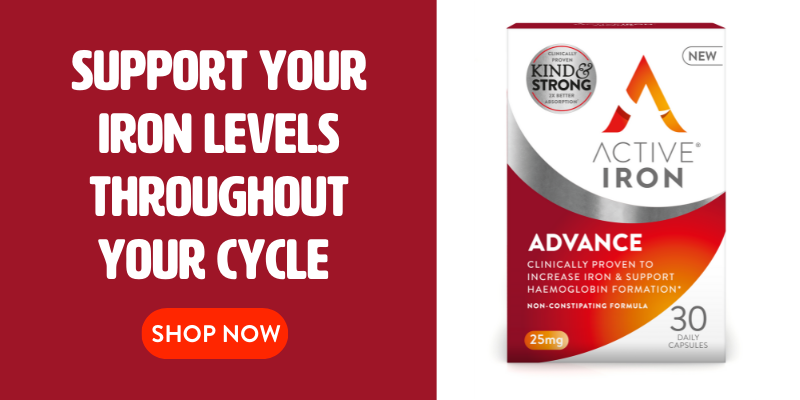Don’t accept menstrual fatigue.
Better Days. Period. aims to empower women to take action to feel less tired and more themselves during their menstrual cycle.
Periods are a completely natural and normal part of a woman’s life yet for years society has attached a social taboo to menstruation and so the topic has not been discussed openly enough. This includes conversations about the impact of period symptoms on how women feel.
Monthly periods are the most common cause of iron loss worldwide and research shows that women of childbearing age need up to three times more daily iron than men. The average menstrual period lasts anywhere from two to five days. It is estimated that 220 to 250mg of iron per pint of blood is lost during menstruation. As a result of monthly periods and iron loss, feeling tired, sluggish and not yourself is the expected norm for many – but it shouldn’t be!
Starting the conversation.
U bekijkt momenteel inhoud van een plaatshouder van Standaard. Klik op de knop hieronder om de volledige inhoud te bekijken. Houd er rekening mee dat u op deze manier gegevens deelt met providers van derden.
Meer informatieWe brought together a midwife, GP and professional rugby player for an honest and frank discussion about periods.
Our Research.
We conducted a survey with 2,400¹ women across the UK & Ireland to understand why women put up with feeling ‘crap’ during their period.
Interestingly, our research found that two thirds of women (67%) experience heavy periods, meaning they are more likely to suffer with fatigue and tiredness, but more than half (55%) admit they put up with feeling ill during their menstrual cycle because ‘it is just part of being a woman’.
Furthermore, a third (32%) think ‘there is nothing that can be done to make a difference’ when it comes to symptoms resulting from their period.

GP Dr Stephanie Ooi
GP Dr Stephanie Ooi also known as @the_gp_mum
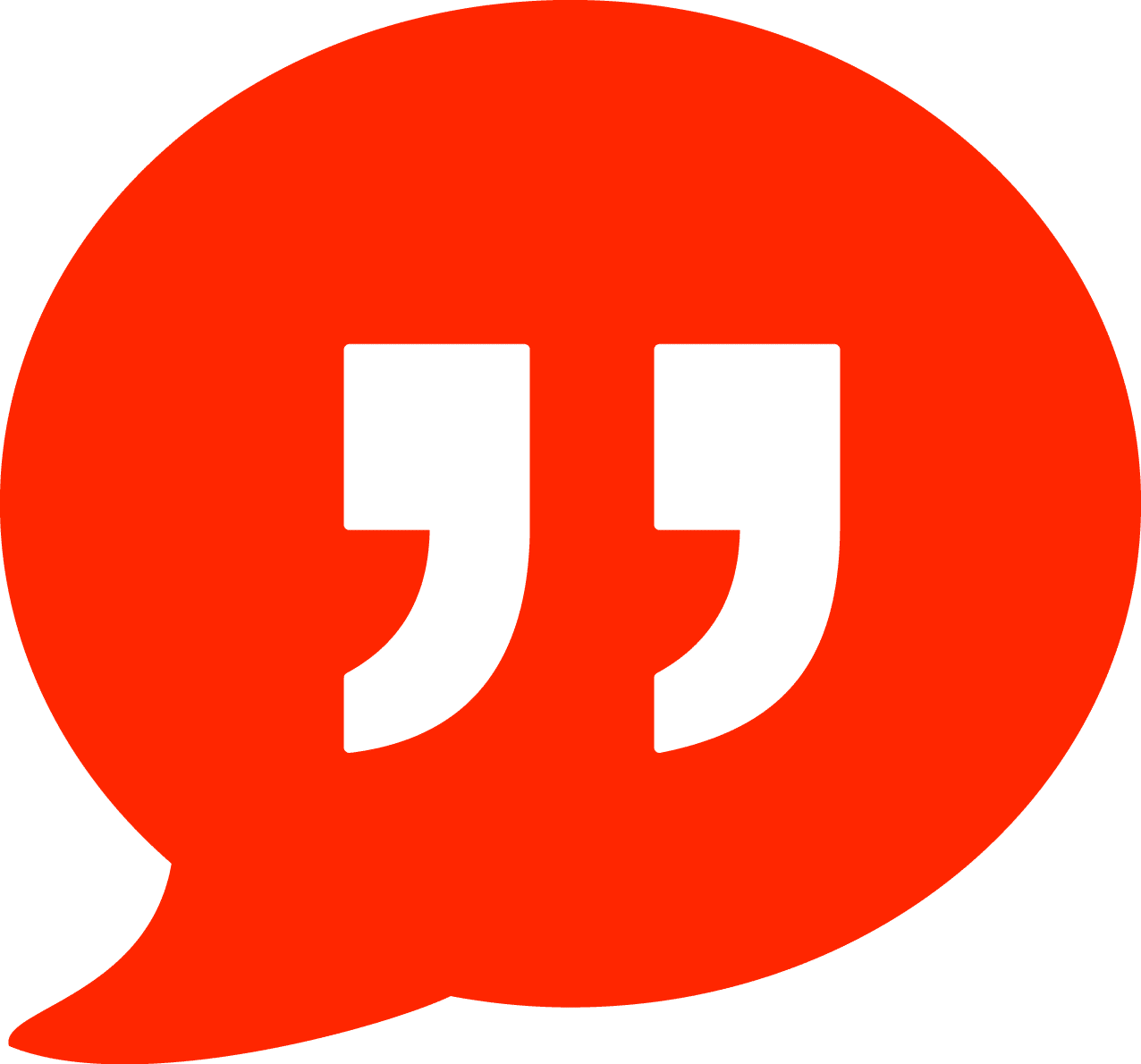
I’m surprised to learn that women are just putting up with symptoms such as tiredness and fatigue each month
especially as over half (51%) admit they have never sought help from a healthcare professional. The average woman will spend a combined total of 10 years menstruating, which means a significant portion of time could be spent feeling less than their best, so this needs to change
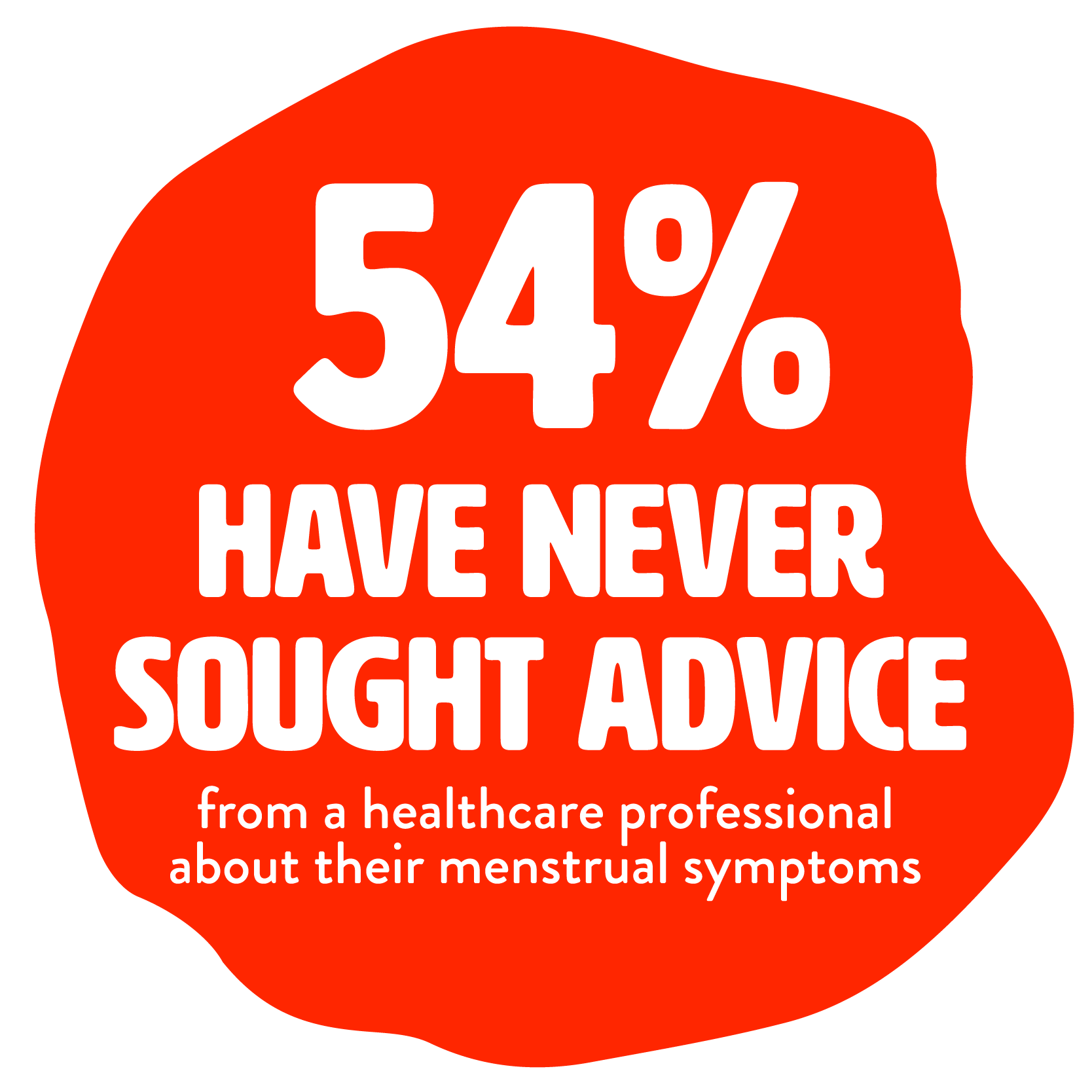
Tiredness and fatigue.
Tiredness and fatigue are the symptoms of menstruation that women are most likely to put up with.
As a result, 44% have stopped physical exercise, 34% have missed a social event, and 18% have required time off work.
Tiredness and fatigue.
Four in ten (39%) say their tiredness lasts longer than four days and 36% find people are generally sympathetic when they feel tired as a result of their period.
The survey showed 41% of women have never considered that their menstrual cycle could be causing inadequate iron levels, leaving them feeling tired and fatigued.
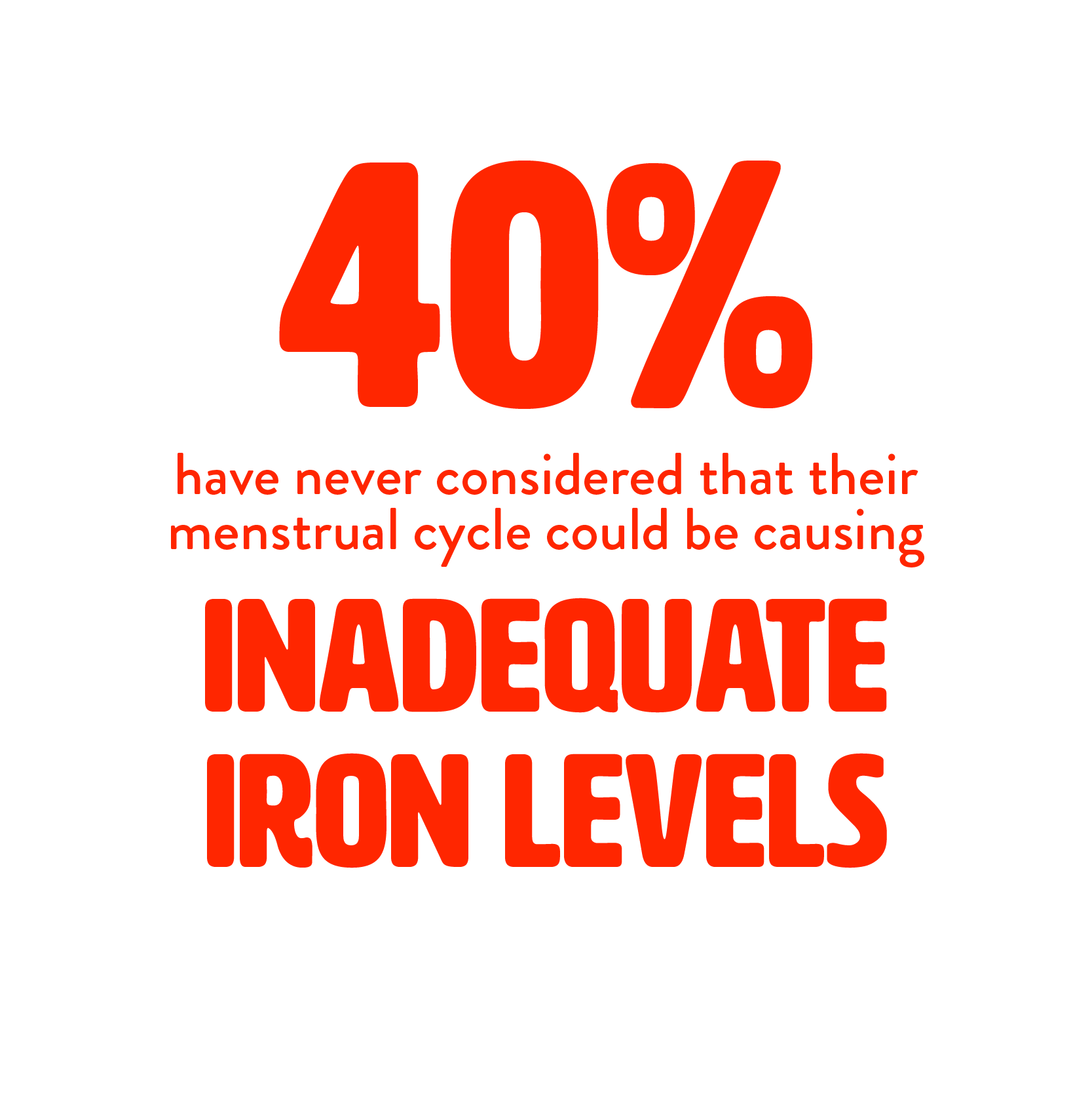
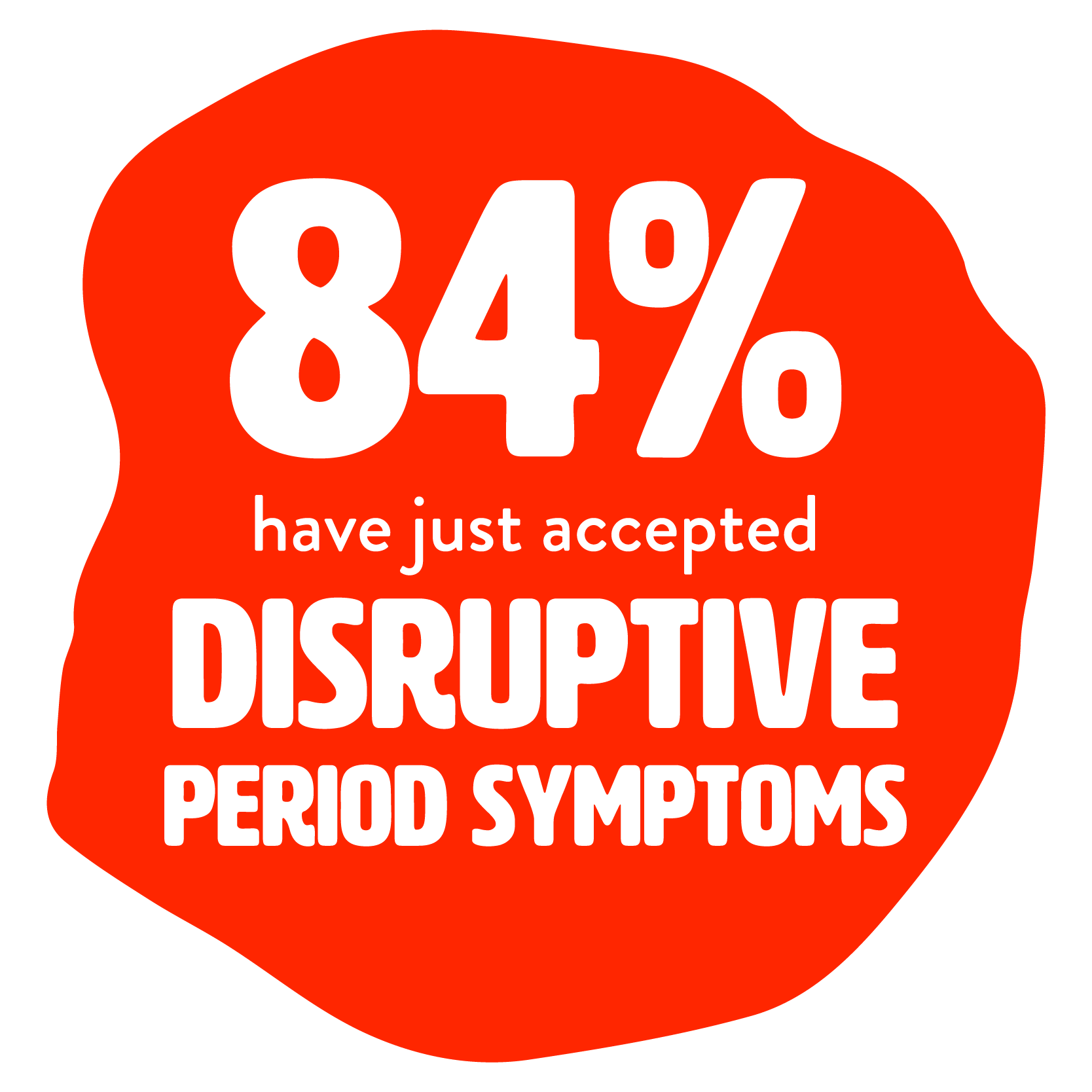
Side effects.
Of those who have considered their iron levels because of their period, 46% have tried an iron supplement.
However, 37% of these people admit that they have stopped taking it because of the side effects, which can include constipation, bloating and nausea.
How Active Iron can help.
We have recognised that women have been putting up with the side effects of oral iron for too long. This led us to carry out new additional research to find out more about the impact our product has on efficacy and gut health.
Our results show that Active Iron is 6X less likely to cause gut irritation compared to other oral iron and is clinically proven to increase iron levels by 94%².

Professor Mark Ledwidge

This study helped reveal the scale of the gut irritation problem due to oral iron amongst women.
As well as gut discomfort, 63% of participants had insufficient iron stores. Gut side effects are the main reason women stop supplementing with iron so it’s welcome news that Active Iron can reduce the gut discomfort while improving compliance, iron stores, haemoglobin levels and energy for these women”


